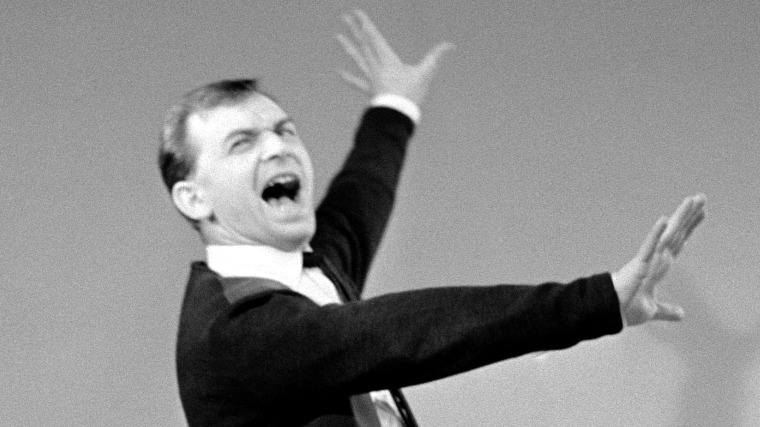
The Grand Boulevard of Budapest, opened in 1896 to commemorate the 1000th anniversary of Hungary - touches the Danube at both ends. Nagykörút, its Hungarian name, is a collective name, because this road actually comprises several roads: Szent István körút, Teréz körút, Erzsébet körút, József körút and Ferenc körút.
This semicircle continues on the Buda side, runs through Margit híd (Margaret Bridge) in the north and completed by Petőfi híd (Petőfi Bridge) in the south. This is the city’s longest thoroughfares, measuring more than 4 kilometres between the two bridges. It's historical importance originates from the fact that the Grand Boulevard of Budapest connected parts of the city that had previously been separated.
Taking a walk on The Grand Boulevard in a busy day we often miss the amazing buildings, but let me introduce one of them.
Near Nyugati pályaudvar or Western Railway Station, a few minutes from Oktogon there is a special place, Radisson Blu Béke Hotel, formerly known as the Hotel Britannia, first opened 105 years ago. Britannia is one of the few hotels that survived the historical storms and could function as a hotel and café since 1913.


Its first owner based his new establishment on the English model. The hotel was fitted with the latest amenities: the rooms had running hot and cold water, steam and water-based central heating, and a central vacuum cleaning system were installed which was extraordinary at the time. Above the doors to the rooms special lights were fitted for calling room service.
Later Aladár Németh and his wife brought about the “golden age” of Britannia, because they honed the catering and entertainment to perfection. The building became a centre of Pest’s social life. Britannia Hotel or later Béke Hotel has been renovated and rebuilt several times, but it keeps something its original artistic style, form and atmosphere.
The glass paintings and frescos of the hotel are all works of Jenő Haranghy, Hungarian artist, professor of the College of Applied Arts of Budapest. The famous Glass Dome (or Kupola) made by Jeno Haranghy was originally designed for the hotel back in 1937. Do you know who are represented in the middle of the cupola? From left to right Ignis (fire), Aer (air), Aqua (water), Terra (earth).


Hotel Britannia was among the high-end hotels of Budapest, and a famous chef was running the kitchen. Britannia was the first restaurant in Budapest to fulfill needs of customers who were on a diet. The successor of Britannia Hotel is Radisson Blu Beke Hotel, maintaining this good habit: they serve wheat-free, lactose-free and sugar-free meals and desserts, too.Best years of Britannia were in the 1930s, when the Nyugat Circle had its meetings at the hotel. They rented a separate room for the occasion, and the events had a high value in the current cultural life.
On New Year’s Eve of 1930 Zsigmond Móricz, the well-known writer held a party at Britannia, joined by 120 co-workers at Nyugat, and their friends and family. The event was so grandiose, the greatest figures of the 1930s literature didn’t stop partying till 5am.
On Mondays, psychologists gave presentations at the hotel. Tuesdays were dedicated for poets, Wednesdays were ruled by novelists. On these days, Britannia was filled with the words of the era’s greatest minds like Mihály Babits, Frigyes Karinthy, Dezső Kosztolányi, Gyula Illyés, or Lőrincz Szabó. Thursdays were hosted by Endre Nagy. On Fridays, fine arts were in focus with artists like Pál Pátzay, Róbert Berény (whose lost paintings were in the set of Stuart Little), Oszkár Glatz or Károly Kernstock. Saturdays were women’s nights with Ilona Kernách, Frigyes Karinthy, Gréte Harsányi, János Kodolányi, and Vilma Medgyaszay.
The legendary ballroom of the Hotel was called Kupola after the beautiful Glass Dome. The walls were decorated with Jenő Haranghy’s enormous panel paintings depicting famous Shakespeare dramas like Measure for Measure, Romeo and Juliet, A Midsummer’s Night Dream, The Merchant of Venice, Twelfth Night, or What You Will, ect.
In the ‘60s and ‘70s a whole host of famous Hungarian performers took to the stage , including Kamill Feleki, Hanna Honthy, György Klapka, Ilona Medveczky, György Korda, János Koós, László Aradszky, Péter Máté, Kati Kovács and Géza Hofi.



Photo: Fortepan.hu; Zsolnay Cafe
Ferenc Móra, the famous writer was also a regular visitor at Britannia. He called the hotel his second home. He usually stayed in the same room, which is today called the “Móra room”, decorated with the writer’s portrait and 12 original Móra-quotes.
Following nationalisation after the Second World War, it went on operating as the Béke (Peace) Hotel, and its Orfeum Night Club was a key fixture on the entertainment circuit: Andrea Szulák, today a household name in Hungary, was one of many who launched their careers here, and Tibor Bitskey and György Klapka were also regularly on the bill. It has traded under its new name since 2009.
After completing several months of work, the Radisson Blu Béke Hotel have opened its refurbished community area on April 20, 2018.
The 105-year-old hotel celebrated the anniversary of its iconic building with spectacular transformation: the ground floor (reception area, Zsolnay Café, and the conference rooms on the ground floor) was reborn in the spirit of tradition and renewal.



